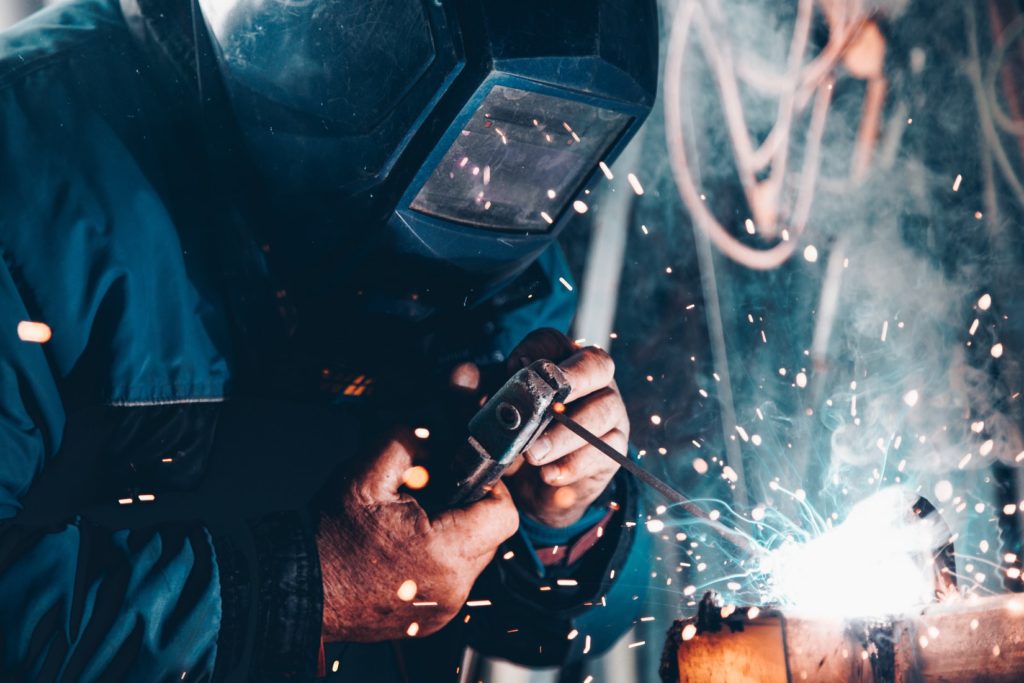
Worker safety should always be the number one priority for employers, managers, and supervisors. No amount of profit should ever be placed over the well-being of the employees that keep a company running; but it does happen. One of the greatest dangers faced by a NYC construction worker is the risk of amputation due to a machine.
There are ways employers can make sure their workers stay safe, most of which are mandated by the Occupational Safety and Health Administration (OSHA), but when employers fail to uphold those standards, serious injuries can occur.
The Risk of Machine-Related Amputation
Machine-related amputations are a major risk primarily for workers in construction and manufacturing. Large, powerful machines are employed for a variety of tasks, making work easier and faster compared to what would be required to accomplish similar things through manual tools. But when an accident does happen, it is very easy for a finger, toe, or hand to be mutilated or amputated by these machines.
Certain parts of machines are more likely to cause serious injuries than others. These high-risk areas of machinery include:
- Point of operation: The point of operation is the location on a machine where work is actually performed. For example, on an industrial worksite saw, the area immediately around the saw blade is considered the point of operation. This is the most dangerous part of a machine, and also tends to be the most obvious threat for workers.
- Power-transmission parts: Any parts of the machine that move in order to transmit energy to or throughout the machine are potentially dangerous. This includes things like flywheels, belts, pulleys and chains, and gears that shift or move to transfer energy from one part of the machine to another. Hair, loose clothing, or other things caught in these moving parts can cause amputation or strangulation.
- Other moving parts: Any other part of the machine that moves during operation can be a potential danger and cause serious injuries. This includes parts that rotate, slide back and forth, and reciprocate – particularly on large machines that require a high number of moving parts.
Other Risks to Construction Workers
Construction workers run the risk of traumatic amputation not just from powerful machines, but also from the nature of the worksite and the materials used. Heavy construction materials accidentally lowered onto a worker’s toe or finger could sever skin, muscle, and bone, amputating that digit. Even manual tools used by construction workers, including weaker power tools, can be dangerous if not used or maintained properly. This is why it is so important for everyone on a jobsite to have safety training and to receive protective equipment.
Safeguards to Prevent Serious Injuries
Machine related-amputations can be prevented in large part by the proper use of physical shields or safeguards and lockout/tagout procedures.
- Shields and safeguards: These are physical objects that prevent contact between a person or body part and the point of operation or other moving parts of a machine. Such shields are required by OSHA, often in multiple locations, on large machinery used in construction and manufacturing. All workers who use machines and work around them should know where these shields are located and how they work.
- Lockout/tagout: Lockout/tagout procedures are utilized to protect workers who are servicing or performing maintenance on machines that are not currently in use. These procedures are used to ensure hazardous energy cannot get into a machine, causing parts to move or for operation to begin. Proper lockout/tagout procedures need to be understood by everyone who works around machines so they can recognize when someone else is performing maintenance.
Negligence and Liability
When a machine-related amputation occurs, it is important to determine who is responsible for what happened. It can be easy to blame the person who was injured, but often there is someone else who acted in a reckless way and caused the accident.
Negligence is any action or inaction that is contrary to what a reasonable person would do/not do in a given situation. For example, a contractor who does not train workers in safe use of machines, or fails to provide safeguards for points of operation, is not acting in a reasonable way to protect employees, which makes that contractor negligent in the eyes of the law.
Liability means that negligence directly causes or contributes to an accident. If an employer fails to place proper physical safeguards on machinery, and someone loses a finger because of it, the employer can be liable for that injury. The worker may be able to file a civil lawsuit against the employer in certain scenarios to receive compensation.
How a Top New York Injury Lawyer Can Help
Determining negligence and liability after a serious workplace injury is often more complicated than it seems. It is important to gather physical evidence, document what happened, and prove that the employer or a third party acted in a negligent way, which directly caused the amputation. This is not something anyone should try to do alone. An experienced NYC construction accident attorney understands how to handle these situations and fight for the rights of an injured worker. Please contact the legal team at Wingate, Russotti, Shapiro, Moses & Halperin, LLP, to find out what we can do for you. Call (212) 986-7353 for a free consultation.